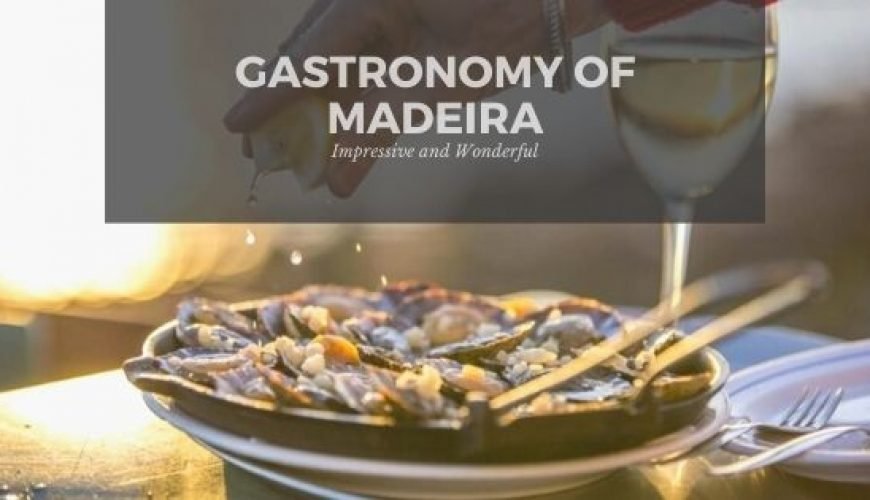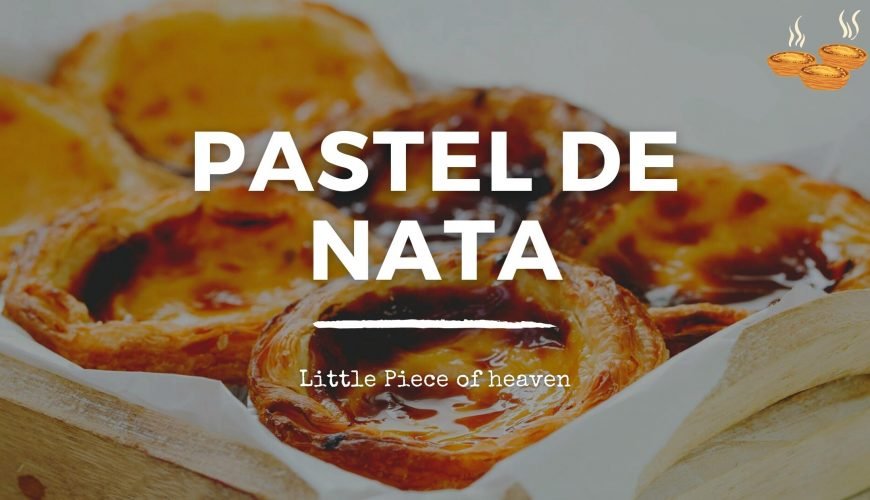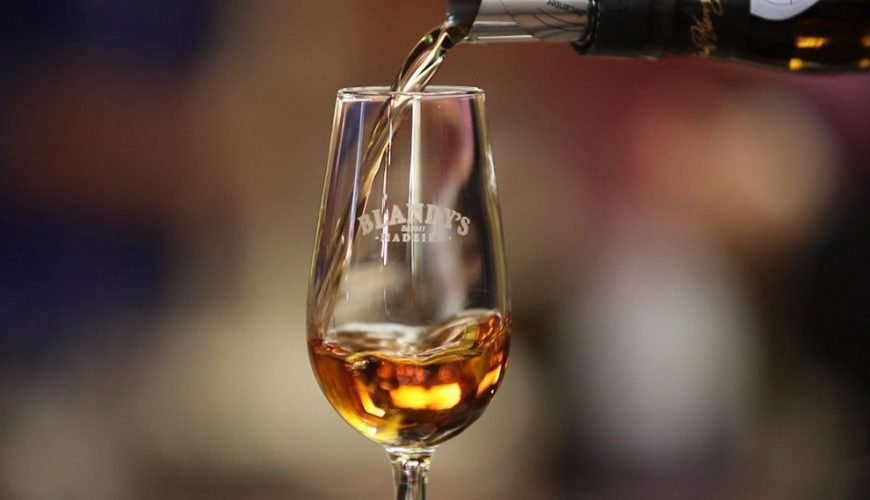9 Reasons to Pack and Travel to the Surprising Madeira Island
Madeira Island is an extraordinary destination located off the northwest coast of Africa. This Portuguese territory is a hidden gem that has so much to offer, from stunning landscapes to unique cultural experiences. In this article, we will explore nine great reasons to pack your bags and travel to this surprising island. Why should you […]




